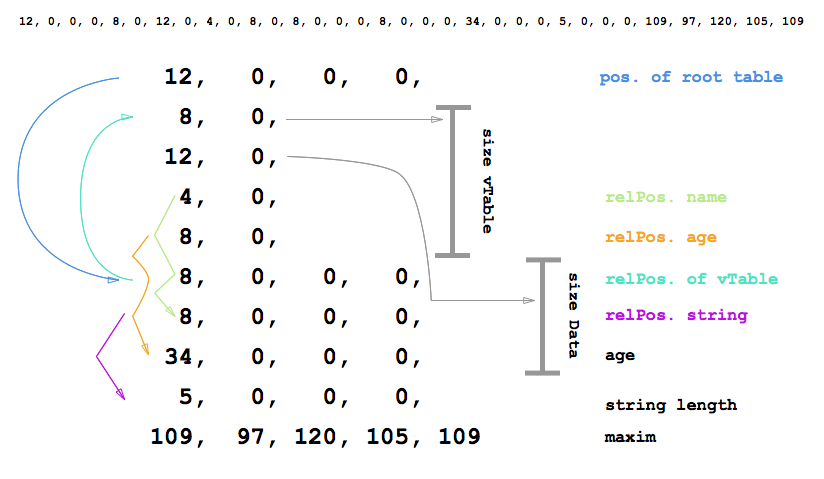Go Time #77: Dependencies and the future of Go with Russ Cox | News and podcasts for developers | Changelog
Go Time with Erik St. Martin, Carlisia Pinto, and Brian Ketelsen | News and podcasts for developers | Changelog
A very interesting and practical tool!
yunabe/lgo: Interactive Go programming with Jupyter @ GitHub
"Go (golang) Jupyter Notebook kernel and an interactive REPL
Features
- Write and execute Go (golang) interactively like Python.
- Jupyter Notebook integration
- Full Go (golang) language spec support. 100% gc (go compiler) compatible.
- Code completion and inspection in Jupyter Notebooks
- Display images, HTML, JavaScript, SVG, etc...
- Currently, lgo is only supported on Linux. But you can use lgo on Mac and Windows with virtual machines or Docker."
Alternative implementation of Go language subset
Run Go in web browsers
